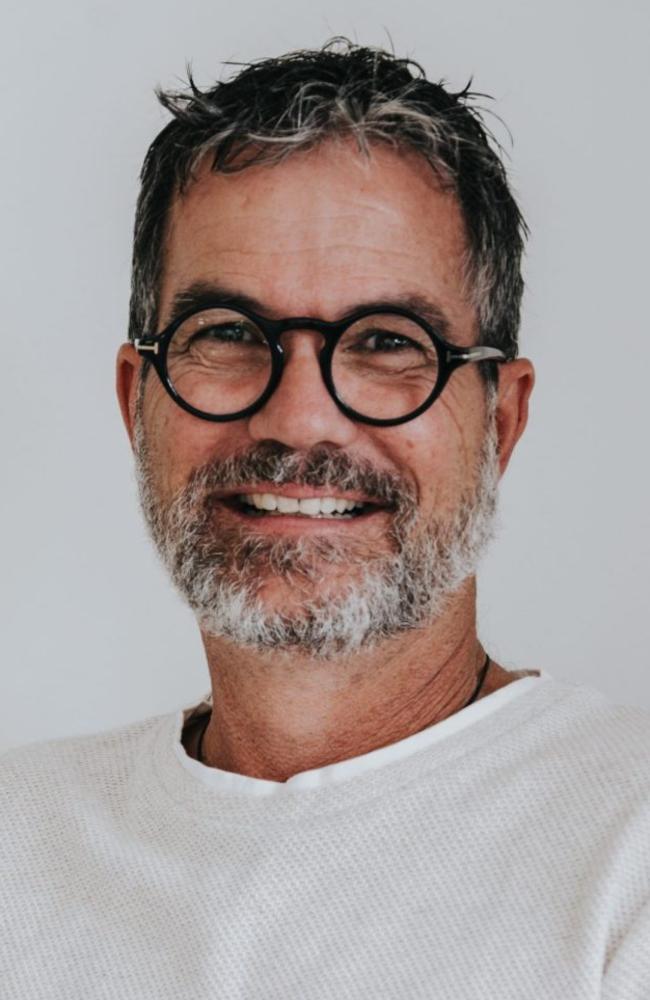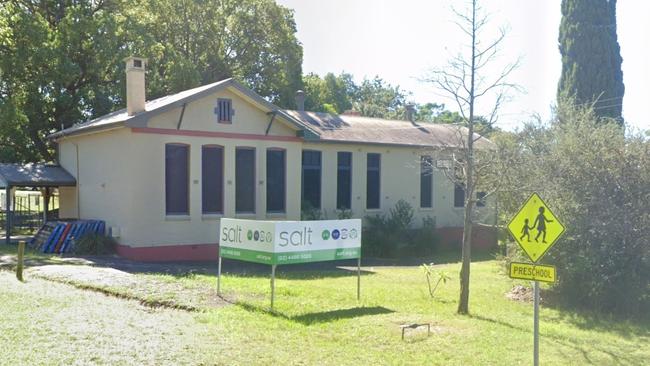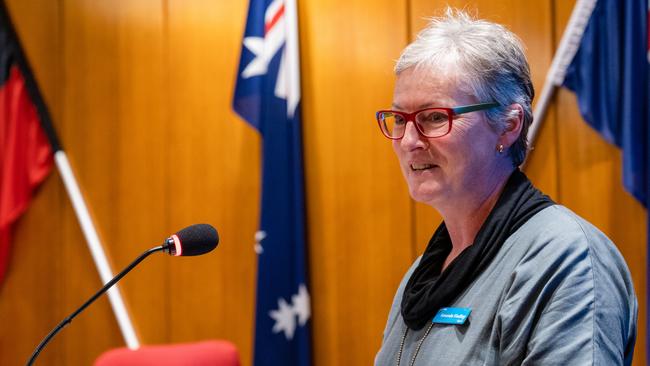Salt Shoalhaven shelter shuts amid State Government funding shortfall
Airbnbs and pollies in firing line for a housing crisis in a NSW town about to lose its only walk-in homeless shelter — a tragic loss for those who battled to keep it open through floods and fires.
The South Coast News
Don't miss out on the headlines from The South Coast News. Followed categories will be added to My News.
When the Safe Shelter Shoalhaven closed its doors earlier this week, it was not only a tragic loss for church leaders who had battled to keep the site open through floods and fires.
The closure also left the community’s most in-need facing a desperate search for a home, again.
For the past five months, Christian-charity Salt’s CEO Peter Dover met with government and business leaders in the hopes of finding a solution to the shelter’s worsening budget shortfall.
He needed a way to keep the 32 staff and 12-16 average nightly residents where they were.
“We started hitting up politicians coming up to the Federal Election,” Mr Dover said.
“We said: ‘hey, if we don’t do something we’re going to have to shut some of our services.’
“We got a lot of traction with different parties, but those promises haven’t resulted in any money.”
The Salt shelter’s current crisis is years in the making.
In late-2020, Mr Dover said the State Government automatically renewed funding for homelessness programs on a three-year basis.
Having opened its doors after the previous funding round, the shelter was excluded from 2020 package, with only existing operators supported.
With another round of funding not on offer until 2024, Mr Dover said he was scrambling to find an interim solution.
He called on the State Government to use its discretionary funds to help keep the shelter open through 2023.

On Monday, Mr Dover informed the local Shoalhaven City Council that the Salt shelter – the only walk-in shelter in the region – would close its doors until it could source not only new funds, but a more reliable stream of money that would allow for a “continuity” of services.
While some of the eight residents in the shelter at the time were placed into Salt’s community housing, others ended up back on the street.
“It was devastating,” Mr Dover said.
“We’ve been working at the shelter for five years.
“I’m not going to rest until it reopens.
“If it takes a week, if it takes a month, if it takes six months – it doesn’t matter.”
Alongside wife Megan, Mr Dover has been at the helm of Salt since its founding more than a decade ago.
The couple, who have both served for many years as senior ministers, were spurred by their own tragedy during the 2008 global financial crisis.
“We went through a really tough time,” Mr Dover said.
“We lost three businesses in the crash.
“It made us realise the only difference between us and people struggling is that we had the funds.
“We realised how many people there are that had no way of getting out of that situation.”
Mr Dover said Salt had since grown to become the largest homelessness charity on the south coast.

More than 250 volunteers operate a range of services, including community housing and a wellness farm.
Providing emergency housing for people facing homelessness, the shelter was itself founded in response to another, more local crisis.
In 2016, more than 40 people suffering homelessness were camped in the Nowra Showgrounds, sparking protest from locals.
The shelter was conceptualised as a transfer centre, from where Salt could relocate people into more secure housing.
In the years since, Mr Dover said homelessness in Shoalhaven had only gotten worse.
One of the big issues, he believed, was the prevalence of Airbnbs and short-term accommodation.
“We had an Aboriginal lady come to us yesterday with her three autistic children,” Mr Dover said.
“She was on the streets because she had been pushed out of her rental so it could be used as an Airbnb.”
Real Estate Investor Australia says Nowra has a vacancy rate of just 0.69 per cent.
About 40 per cent of the city’s 9193 people are in the rental market.
In the past year, the median listing price for a house rocketed up by 19.15 per cent.
This has put pressure, Mr Dover said, on many men and women fleeing family breakdowns and domestic violence who visited the shelter.
“I don’t understand it,” he said.
“People can’t afford to rent in the Shoalhaven.
“The government has lost touch with what’s important in the community.
“They’re always talking about infrastructure. We are putting roads in front of people’s lives.
“We need to readjust how we do things, people are our number one priority.”
Mr Dover also believed there was a “passing of the buck” when it came to who was responsible for funding.
In a statement, Gilmore MP Fiona Phillips urged the State Government to “step up” and fund the shelter.

“Allowing this shelter to close when we are at our highest ever need is absolutely shameful,” Ms Phillips said.
“We cannot afford to lose Safe Shelter Shoalhaven and I have written to the NSW Minister asking for urgent support.”
Shoalhaven Mayor Amanda Findley said there was more the Federal Government could do.
“The council is doing the best it can, but we need the State and Federal Governments to do more,” she said.
“The Federal Government gives money to the State Governments to distribute, but there is room for them to get more involved.”
Currently, the council owns the site the shelter uses.
Ms Findley said it would stay that way, and the council would keep it ready for when the shelter could reopen.
She also agreed more could be done to limit Airbnbs, but said the hands of local government were tied.
“The NSW Government ties local governments up in legislative knots,” she said.
“We’re unable really to tackle this problem in a sophisticated way.”
South Coast MP Shelley Hancock said she was working with her government minister to breach the shortfall but she “would appreciate support from federal government and council who share this responsibility.”
For now, the shelter is earmarked to receive as much as $20,000 in donations.
And, while that could keep the lights on, with operating costs of more than a quarter of a million dollars a year, Mr Dover said it would not last.




